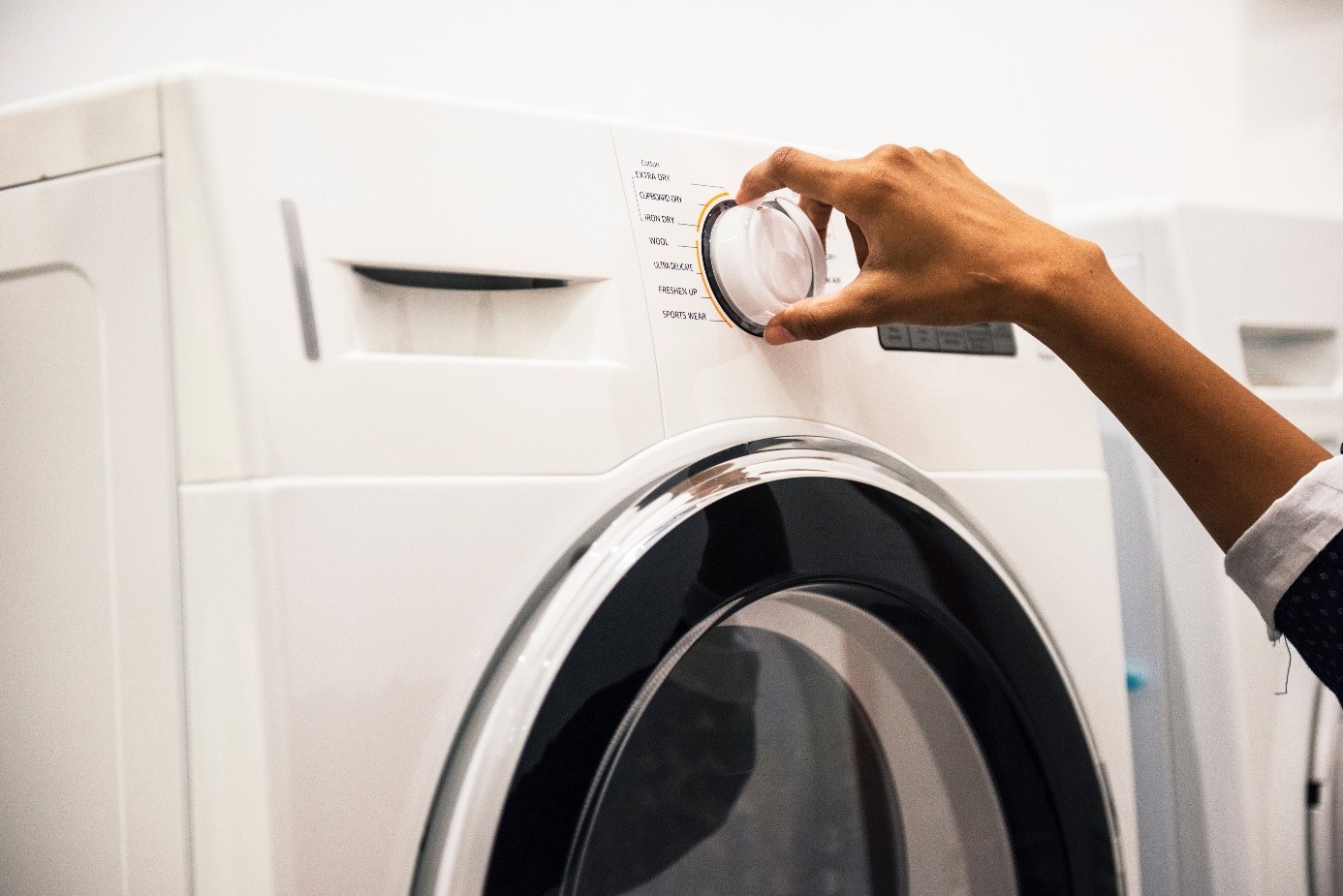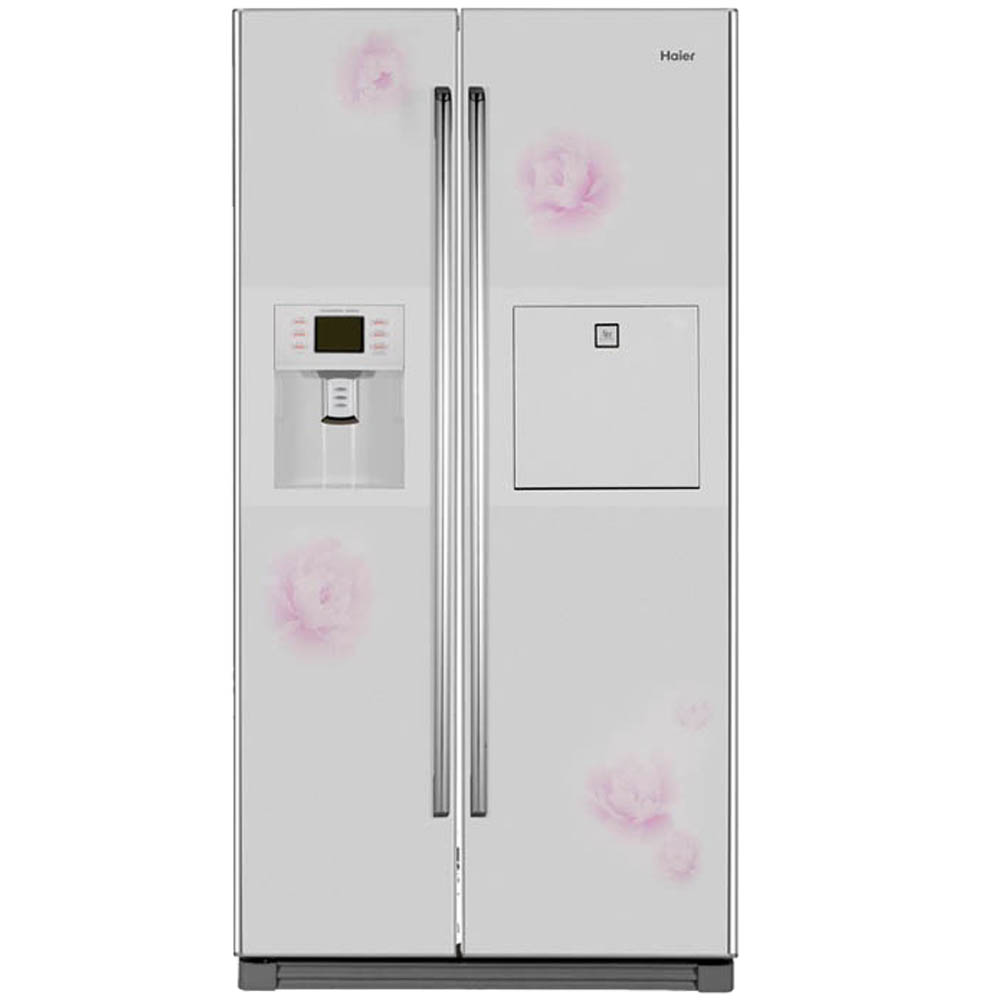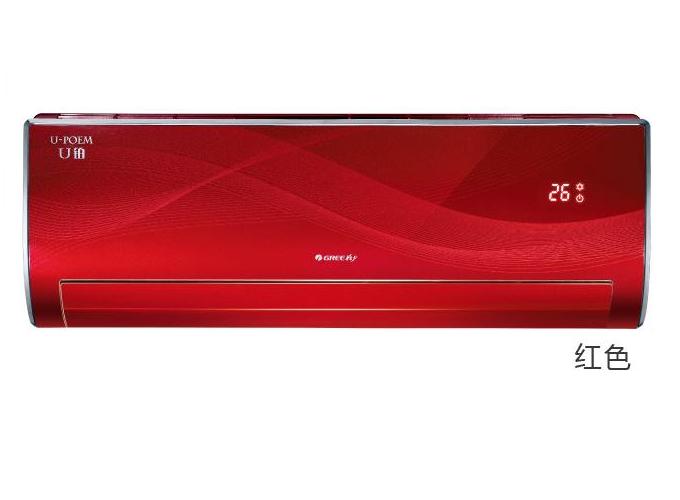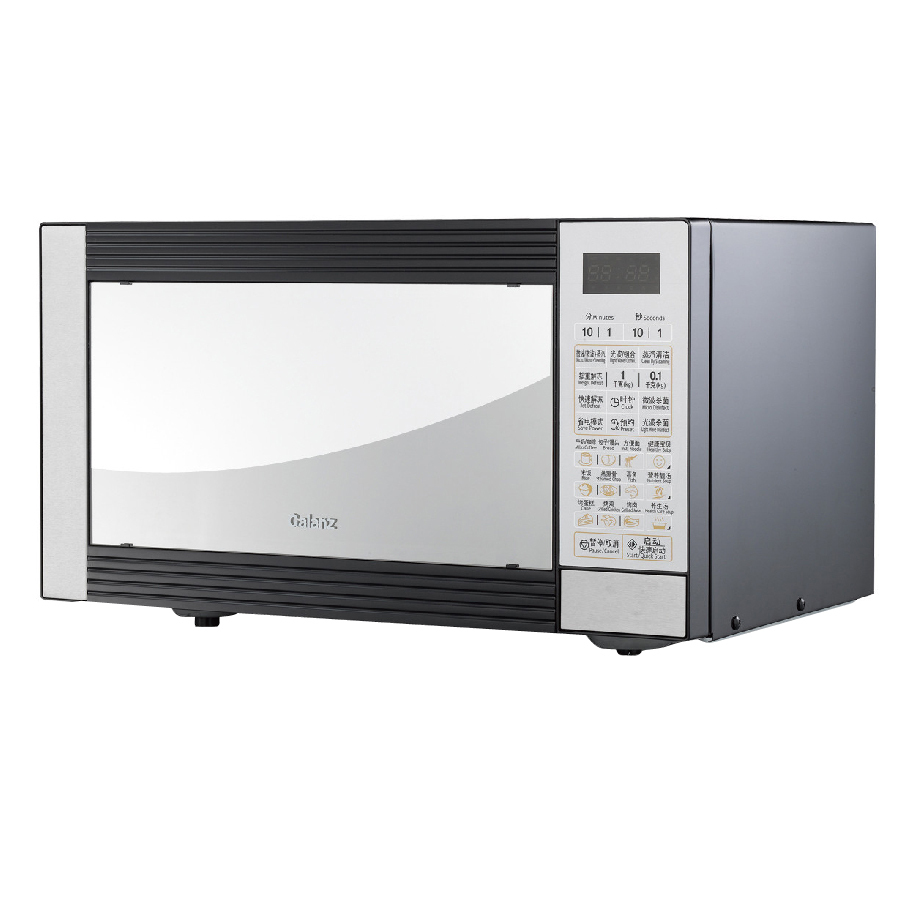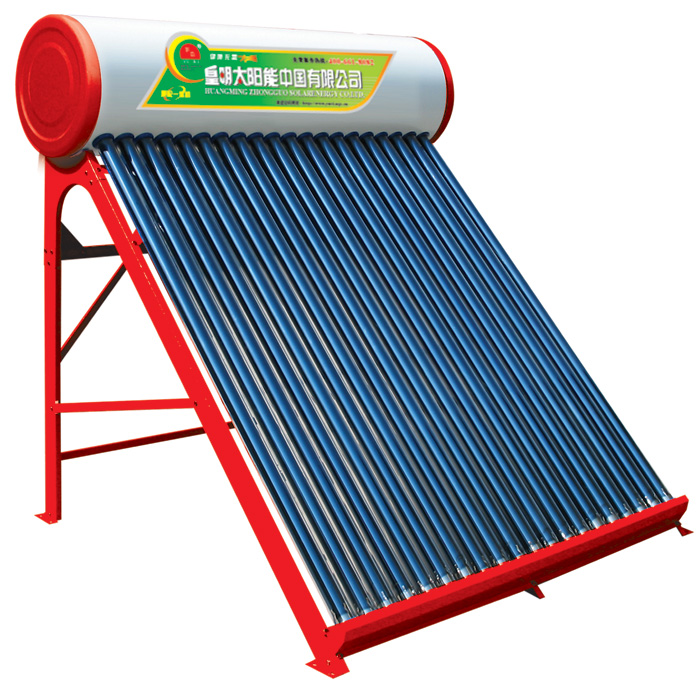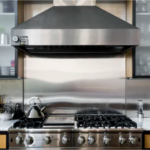Home appliance market in China: the most popular brands within Chinese families | Daxue Consulting
Due to the constant increase in living standards and purchasing power in China, the home appliance market has a strong potential that encourages the development of strong brands, whether foreign or Chinese.
This market is often referred to as the white and brown goods market: ‘brown goods’ refers to light electronic products such as televisions, radios, video players or computers, in opposition to heavier electronic products such as air conditioners, fridges, and stoves, known as ‘white goods.’
At the end of 2017, China’s urbanization rate stood at 58.5% and is estimated to continue to increase by 1% per year. Thus, these advances in urbanization, the development of the real estate market and intelligent electronic devices provide fertile ground for the growth of the household appliance market.
Nonetheless, other socio-demographic factors are now challenging the rise of home appliance brands in China.
Contact us for any question on the Chinese market
Several difficulties encountered by household appliances brands in China
New home sales are one of the main drivers for the purchase of new home appliances in China. However, in recent years, the new housing market has slowed down.
At the end of 2018, growth in real estate sales slowed to 7.9%. The previous year, the annual growth rate was 26.4%. Level 1 cities such as Beijing, Shanghai, and Guangzhou even recorded an 8.5% annual decline, according to an HSBC report.
However, industry experts explain that the market of white and brown products can continue to evolve. Indeed, a significant number of the fridges, air conditioners and washing machines sold in the coming years will replace those of second-hand. HSBC estimates that by 2019, replacement demand will account for approximately 92% of home appliance sales.
Innovation is the critical differentiating factor
Opportunities for profit maintain remain strong for the country’s leading white goods manufacturers. Their strategy is to stimulate investment in smart products and research to deliver innovative products. They also invest in marketing and social media to attract the wealthiest consumers and to promote a young and creative brand image.
Indeed, Chinese consumers’ demand for smart products is growing. Even in the countryside, consumers expect products that can be remotely controlled and gadgets from the smart home industry.
According to a report published in 2016 by UBS, Chinese consumers are ready to pay about 1,600 yuan (US$232) more for smart fridges, washing machines or air conditioners. This is why some appliance manufacturers now spend a lot of time and money on research and development.
These technological efforts undertaken by brands in the home appliance market in China will significantly increase margins on products. This will allow the sector to remain competitive.
Chinese consumers are also in demand for reinsurance and security. The brand’s reputation has, therefore, become very important, both for the younger generations and for consumers who are going to buy their second or third fridge.
Thus, brands must redouble their efforts to offer reassuring and engaging content. For instance, Haier recently launched a communication campaign on Weibo to showcase its innovation efforts. The brand Midea, known for its rice cookers and air conditioners, has even created its own emoji on social media.
Most popular home appliance products in China
Daxue Consulting has conducted a short study and unveils which are the most popular home appliance products among Chinese families!
Television – Hisense(海信)
Today, Hisense is the number one TV brand in China. It is based in Qingdao, Shandong province. It is a state-owned company founded in 1969 and now a multinational electronics manufacturer.According to the latest data from CMM, Hisense TV ranked number one on both retail value and volume for 14 consecutive years in China. Although competition in the Chinese television market is fierce, Hisense refuses to follow the trend of low prices. The brand conveys a quality image and communicates on its technological innovation capacity.
Fridge – Haier (海尔)
Haier is well known in China and enjoys an excellent unaided brand awareness. The company headquartered in Qingdao, Shandong province. Recently, Euromonitor International released the 2017 global fridge ranking list in China. Haier fridges in China own 17.3% market share and has ranked first place for 10 consecutive years.Since its creation in 1984, Haier has focused on innovation and premium products which offer modern style and reliability. For example, at the end of 2017, the Haier group cooperated with the search engine company Sogou Inc in AI to improve its products from a technological point of view. The idea was to set up a joint R&D team to become the most innovative brand on the Chinese fridge market.
Air conditioner – Gree (格力)
Midea is the world’s largest air-conditioner manufacturer. The company also manufactures several other products related to the air conditioner market such as electric fans, water dispensers, heaters, air purifiers, water kettles, humidifier, etc. The brand has remained China’s leading household appliances manufacturer for 14 years.Micro oven – Galanz or Midea (格兰仕)
Galanz Enterprise Group Co is a Chinese manufacturer and the largest microwave oven manufacturer in the world, producing one in every two. In the development path of Galanz, the central theme is “price war” which turns into their strategy. It created a unique way of marketing by educating the market, initiate the market and occupies the market.Their main competitor is Midea which recently took the leadership of the microwave oven market in China in 2018 with an increase in its volume share. Midea has relied on technological innovation to stand out by adding steaming and roasting functions to their microwaves.
Smartphone – Huawei, Oppo or Vivo?
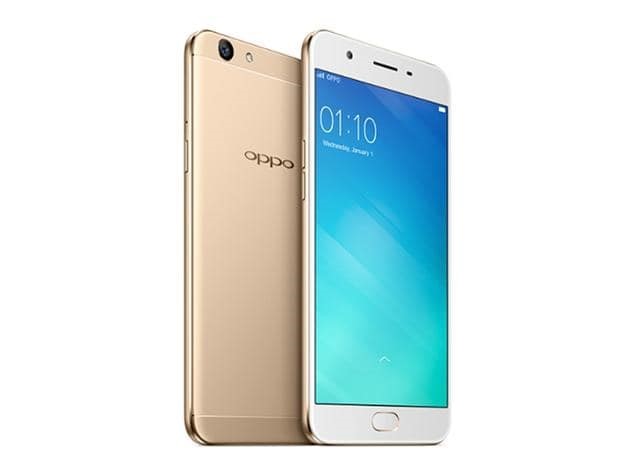 |
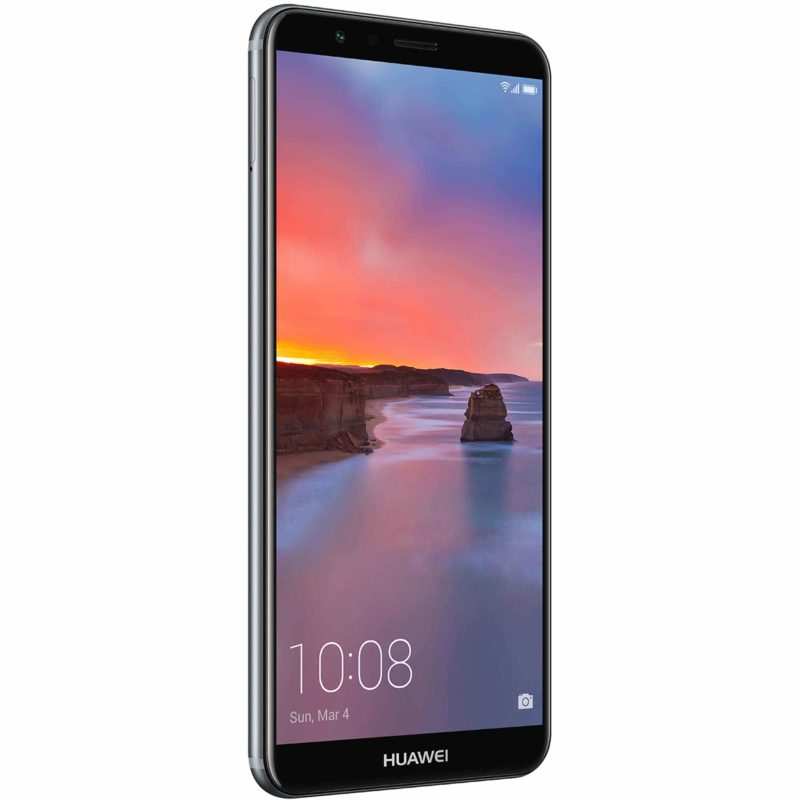 |
The smartphone market in China is evolving very rapidly. A few years ago Apple and Samsung were leading the market. Today, Apple is relegated to fourth place in terms of smartphone sales in China. Samsung is no longer even in the top five. Chinese brands are now fighting for the first place: Huawei, Oppo, and Vivo. They all have in common an innovative strategy. According to a study, in 2018, Huwaei had 24.75% market share in China, Oppo 19.5%, Vivo 18.5%, and Apple 10%.
Tablet – iPad
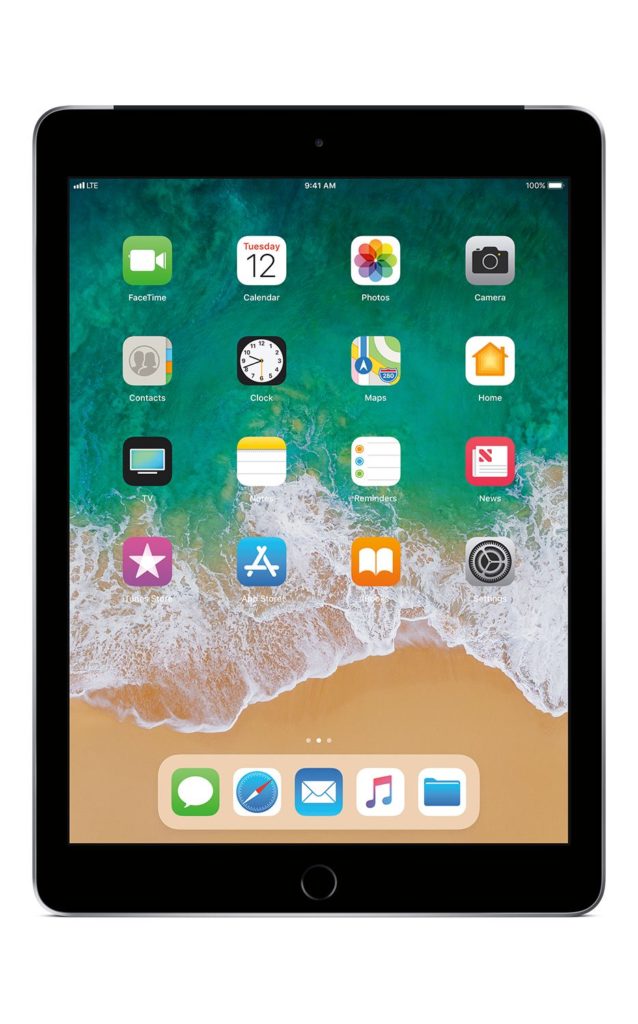
[Ipad Tablet – Home appliance market]
Contact us for any question on the Chinese market
Solar water heater – Himin (皇明)
Himin is one of the largest and leading solar product manufacturers in the global solar energy industry. Established in 1995 and based in Dezhou, the brand knew how to take advantage of this growing market because China has been the world’s biggest producer and user of solar water heaters for many years.Washing machine – Haier
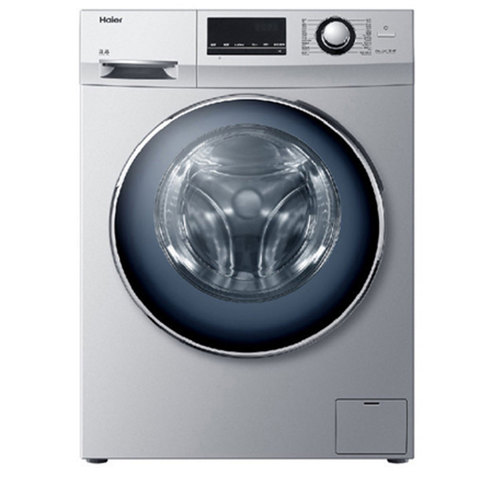
[Haier washing machine – Home appliance market]
Haier has consolidated its leadership in washing machines in China in 2018. The brand has been able to adapt its marketing strategy to the diversity of the Chinese market by segmenting its offer into several levels: with its high-end brand Casarte for wealthy consumers and Haier for mass consumption. Haier has the largest market share (38.2%) in the washing machine market in China.
Rice Cooker – Supor
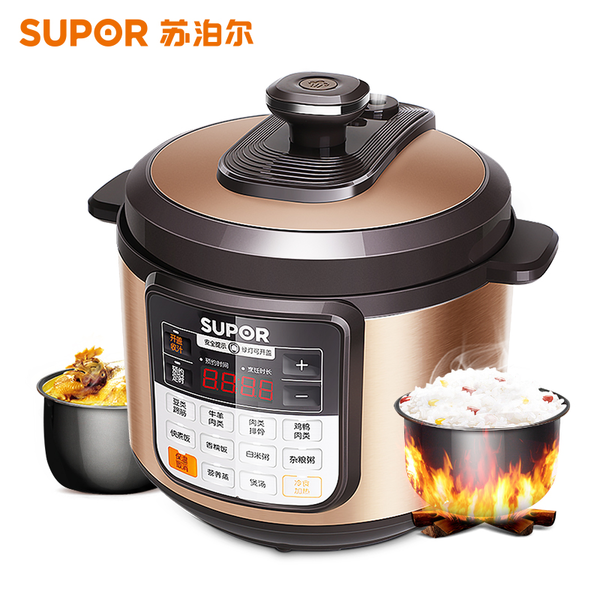
[Supor Rice Cooker – Home appliance market]
As a result, the home appliance market remains stable in China and is made up of very competitive brands. The offer is highly segmented, allowing all Chinese, urban or rural, wealthy or working class to have access to this white and brown goods. The typical strategy of all these brands which are number 1 in a product category is innovation marketing. Mostly inspired by design thinking and innovative breakthrough methods, they have succeeded in developing their business in the Chinese home appliance market.
Daxue Consulting is happy to help you to adopt innovative methods on the Chinese market or if you want to discuss your implementation strategy, you can contact our team directly.


